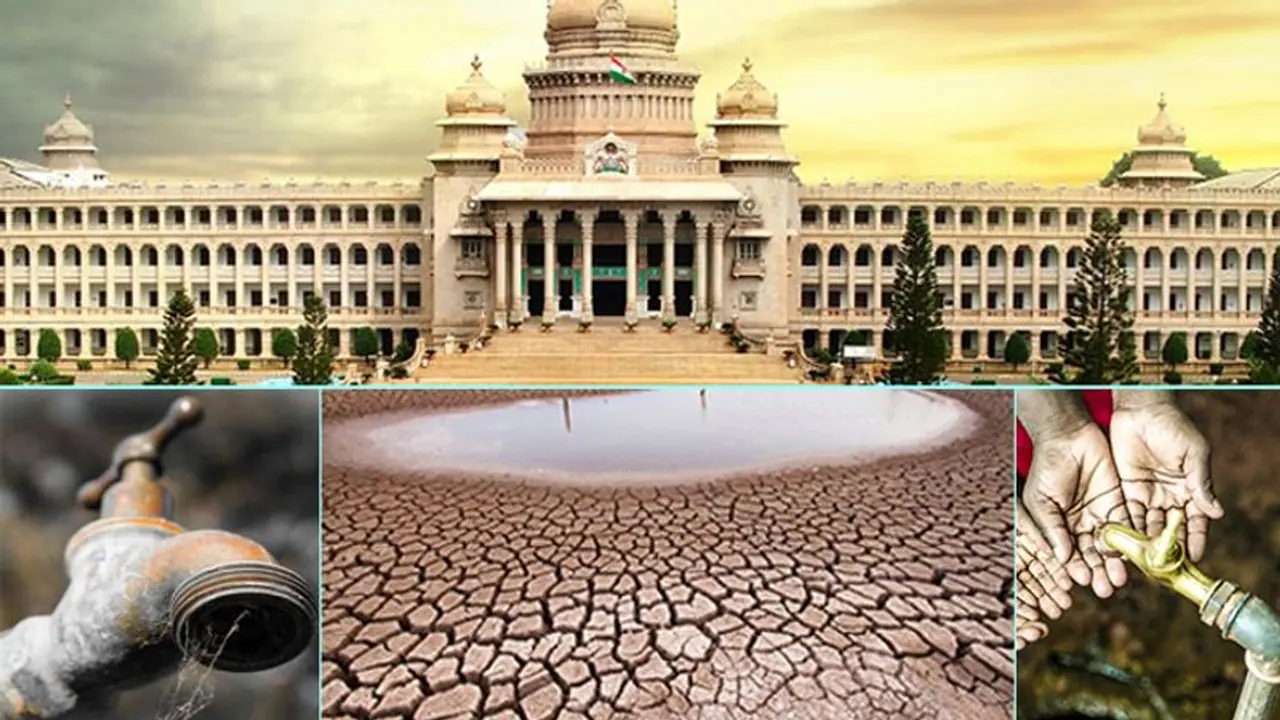Rampant concretisation in cities and unchecked use of groundwater have depleted the groundwater so much that the garden city of Bengaluru might soon turn into a Chennai.
Bengaluru: The sight of wide chasms in Chennai sends shivers down the spine. With no water available whatsoever, people are forced to migrate and are left in shambles. The certainly don’t know what to do.
But shift the focus to the neighbouring riparian state of Karnataka, specifically Bengaluru. The day when Bengaluru does a Chennai is surely not far.
Groundwater, available, beneath the earth’s surface is one of the most important sources of water for consumption. But all thanks to its overuse, we are staring at darkness.
Says captain Raja Rao, a former secretary at the irrigation and environment department, “Generally in India and specifically in Karnataka, maximum irrigation happens using groundwater. Because of improved pumping systems, the extraction of groundwater has been copious, beyond our recognition. Moreover, as the number of borewells increases, there is no question of groundwater replenishment.”
The expert also compared the situation to a cheque-bounce case.
“We have exploited the groundwater levels to such an extent that there is nothing left underground. When there is no water and you employ means to extract water, what will happen? It is like issuing cheques when the account has no money.”
The story is far from over.
Rampant concretisation of cities has become a bane to the groundwater system.
“From footpaths to roads to drains, everything has been cemented. So, there is no way the water can seep in as you have arrested the porosity of the area. So how will the groundwater get recharged?” he questions.
Though the days of drought in Bengaluru are not far away, at least now if the government pulls up its socks, it might certainly be beneficial to the posterity.
“Groundwater preservation should become a people’s movement. From farmers to engineers to others, everyone should take it upon themselves to replenish groundwater through rainwater harvesting and other means. Else we are only flogging a dead horse,” he laments.
